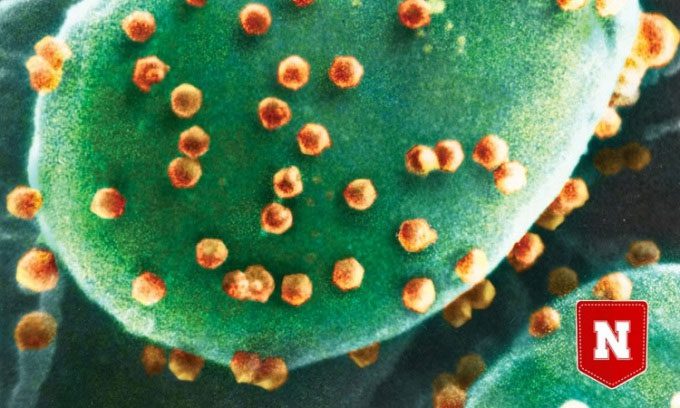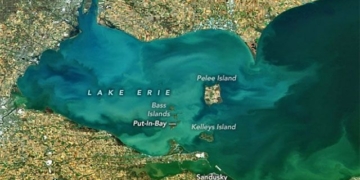Researchers Discover a Ciliate Species That Consumes Viruses
Given that viruses are ubiquitous, organisms often inadvertently ingest them. However, researcher John DeLong from the University of Nebraska-Lincoln wanted to investigate whether any microorganisms actively consume viruses and whether such a diet supports the physical development of individuals and populations. This study was published on December 27 in the journal Proceedings of the National Academy of Sciences.

Microscopic image of a ciliate attacking an algal cell. (Photo: Kit Lee and Angie Fox)
“Viruses are made of nucleic acids, containing high levels of nitrogen and phosphorus,” De Long explained. “There must be some species that have learned to consume live viruses.”
To test this hypothesis, DeLong and his team collected pond water samples, isolated various microorganisms, and then added large quantities of chlorovirus, a freshwater virus that specifically infects green algae. Over several days, the researchers monitored the number of viruses and other bacteria to determine if they were consuming the viruses.
The researchers discovered a particular microorganism that seemed to prefer consuming viruses: the ciliate species Halteria. In samples where no other food sources were available for Halteria, its population increased approximately 15-fold within two days, while the number of chloroviruses decreased by 100 times. In control samples without viruses, Halteria did not grow. In subsequent tests, the research team used fluorescent dyes to tag the DNA of chlorovirus. They observed that Halteria cells glowed rapidly, confirming that Halteria was indeed digesting the viruses.
These experiments indicate that Halteria is the first known virus-eating organism, but it is likely not the only one. The research team plans to further investigate this phenomenon, including its impact on food webs and larger systems such as the carbon cycle.


















































